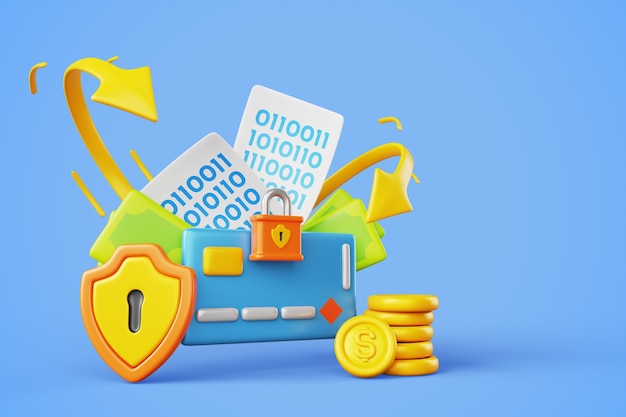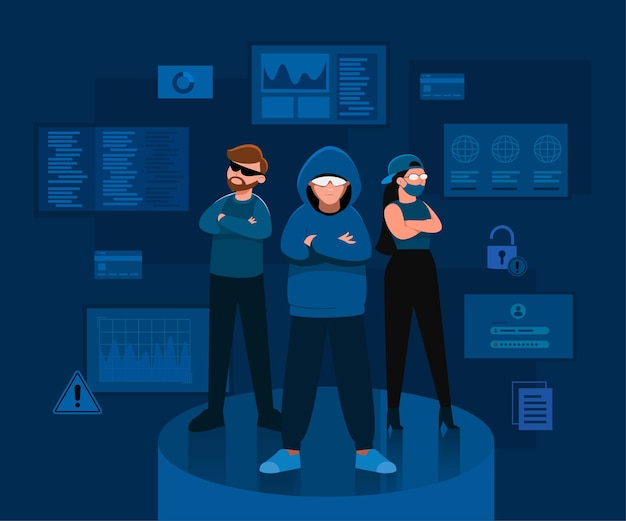
For over six years since my graduation, I have been committed to paying up my student loans. If I decide to continue paying just the minimum amount due, it would take me 15 years to clear my private student loans and an extended period of 30 years for my combined federal government loans, an option I’m not too keen on.
The arrival of the Obama Student Loan Forgiveness Program and various Student Loan Repayment Options motivated me to examine whether I stand to benefit from these advancements. Earlier on, federal student loan repayment plans only permitted payments equivalent to 15% of the borrower’s income and promised loan forgiveness after a lengthy period of 25 years. However, a remarkable improvement has been made to this income-based federal student loan repayment plan. Borrowers can now pay only 10% of their discretionary income monthly and expect loan forgiveness after a reduced period of just 20 years.
Wondering whether you’re eligible for the Obama Student Loan Forgiveness Program? To qualify, your federal loans must not have been granted any time before October 1, 2007, and you must have received at least one disbursement following October 2011. Therefore, this system is most beneficial for fresh college graduates. Unfortunately, since I graduated in 2006 and all my loans predate October 2007, I am ineligible for this program.
Nonetheless, if you happened to be a college student from 2007 onwards and received a federal loan disbursement after October 2011, you may qualify for this program. However, the condition is that you also must be experiencing partial financial hardship based on the fraction of your income that standard repayments would consume. It is anticipated that roughly 1.6 million borrowers could qualify for this program based on their student loans and income-to-debt ratios. Note that this program only covers certain direct federal loans, excluding private loans from banks and other non-federal lenders.
For early graduates like myself, don’t worry. The Revised Pay As You Earn (REPAYE) plan is here to help. This plan was intended to aid those deemed ineligible for the PAYE plan since there’s no graduation year requirement. If you have eligible student loans, you qualify for this plan. When launched in 2015, it was expected that this plan would facilitate 5 million borrowers to qualify for income-based repayment plans.
It’s time we discussed the pros and cons of an income-based repayment (IBR) plan. The favorable aspects include the potential of lower payments depending on your income, with a cap at 10% of your income, and the guarantee of loan forgiveness after 20 years. The drawback, however, is the possibility of higher interest payments over the loan duration and potential taxation on the amount forgiven after the repayment period. If your loans are seriously interfering with your quality of life, you might consider an IBR plan. But, don’t rely entirely on it. If you find that your financial status improves, perhaps opt to pay more than the minimum if possible.
Are you working in public service? If yes, the program could work out even better for you. Full time public servants need to make 120 on-time, scheduled monthly payments on their direct loans. All pending loans may be forgiven after these 120 payments, as long as they were made after October 1, 2007. Loans under the William D. Ford Federal Direct Loan Program are the only ones eligible. For more insights on this program, visit the Department of Education’s website.


